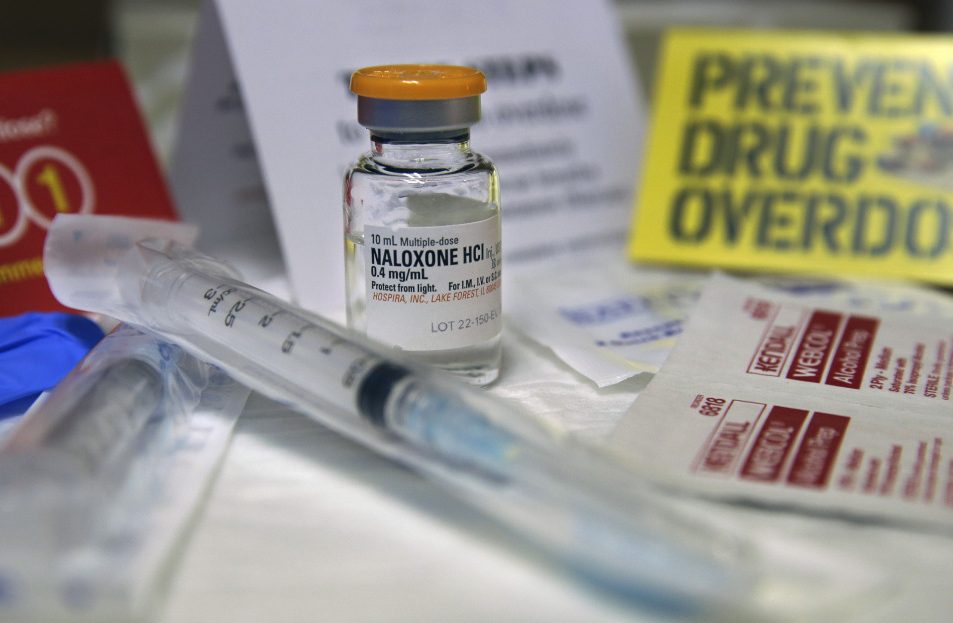The opioid epidemic in Maine is the result of a complex confluence of forces. Its devastation is measured in hundreds, if not thousands, of lives lost, destroyed or derailed. It is bigger than any one person or solution.
Yet in his own, relatively small way, Gov. Paul LePage is making it worse.
A week after the Press Herald reported that the governor has yet to act on rules approved six months ago that will make it easier for Mainers to get the overdose-reversing drug naloxone, LePage has yet to explain why. But administrative inaction is a tactic he has used before, such as when he held back from issuing voter-approved bonds in a way that no other governor has before. This time, however, he is putting lives in danger.
As reported last week, the Maine Board of Pharmacy on Aug. 3 approved rules allowing pharmacists to dispense naloxone, often sold under the name brand Narcan, without a prescription. The rules, the result of a law passed over LePage’s objections, would put the drug in more hands, making it more likely that it is present when someone overdoses, and that they can be revived. The rules were then sent to the governor for final action, although there is some question about whether that step is necessary at all.
In any case, lawmakers expected the governor’s office would finalize the rules – a solely administrative function in which politics should not matter – in no more than 60 days. That was six months ago.
LePage’s office confirmed the rules were in his office awaiting action. Stopped for a quick interview at a conference last week, LePage said that he “didn’t know a thing about it.” If he’s lying, it wouldn’t be the first time. The purposeful obstruction of these rules matches his history as well.
As the epidemic was ramping up, with a Mainer dying every other day, LePage opposed providing naloxone to the trained emergency personnel who were coming upon overdose victims in unheard-of numbers. The next year, a similar bill became law without his signature.
Emergency personnel administered naloxone 1,585 times in 2015 and 2,380 times in 2016. Each shot meant a life saved. For some of the recipients, perhaps it was the first step toward recovery, while others certainly returned to using drugs; such is the nature of addiction. But naloxone gave them more time to find a way out – that’s its role in the opioid epidemic. Still, against all evidence and decency, LePage continued to oppose the use of the life-saving drug, saying that it only extends lives “until the next overdose” and “serves only to perpetuate the cycle of addiction.”
He vetoed the Legislature’s first attempt to make naloxone available without a prescription and was overridden. After changes suggested by pharmacies were incorporated into a follow-up bill, the governor allowed that legislation to become law without his signature. Indeed, there’s no need to veto a bill when losing is assured, and you can just sabotage it later.
Now we have gone even longer without the widespread availability of naloxone, what should be an automatic, although small, part of the response to increasingly deadly overdoses.
It is a drug whose only purpose is to save lives, and the governor can either help get it into people’s hands, or share even in some small way the blame for the deaths that follow.
Send questions/comments to the editors.



Comments are no longer available on this story